Do you have a favorite genus of plants? If not, I might recommend one. Comprised of around 500 or so aromatic, hardy herbs and shrubs that are grown as medicinal, ornamental and a few wild child types is the genus Artemisia. The general assumption is that it was named by Carl Linnaeus in 1753 after the Greek Goddess Artemis. Plant nerds also suggest it could also be named after Artemisia of Caria, a queen in the Anatolia region (modern Turkey). Legend has her as a pirate, a brave warrior, a fierce naval commander, and a respected, counselor to Xerces.
Most of these fragrant species will adapt beautifully in your landscape here. This is especially true if you are a water-wise gardener, as many of these types of plants develop the deep tap roots typical of those that are drought resistant. They provide interesting contrast against other landscape plants and often are useful for more than aesthetic reasons.
The biggest standout in the genus is Artemisia tridentata (or trifida), sometimes called Great Basin sagebrush. Initially designated as our Nevada state flower in 1917, it wasn’t actually finalized until 1967. This plant is the reason we are sometimes called the “Sagebrush State.” There are two branches on our state flag and also on the commemorative 2006 Nevada quarter. This species can be long lived, up to 100 years when not competing with cheatgrass or wildfires. Identifying the plant is easy once you become familiar with the pungent smell. Another key identifier is the grey leaves and the three lobes that give it its species name. Flowers are inconspicuous yellow clusters that appear in the early fall. The plants oils are toxic to most species, including us in large quantity. The super bitter flavor doesn’t seem to bother pronghorns, mule deer or sage grouse. Mostly humans use this sagebrush as firewood or for smudges. I did read a stem in your shoes is recommended as a good foot deodorant. I also learned recently they are beneficial nitrogen fixers. Periodic pruning of old stems and seed heads rejuvenates the plants in a landscape setting. You can start seeds easily or take cuttings. Be aware the taproot develops fast and can be challenging to transplant. They can even be trained into bonsai.
Another well-known plant in the family is Wormwood (Absinthe and Vermouth drinkers this is your plant). Artemisia absinthium runs around our farm as a relatively short-lived shrub that the bees love. Be aware it tends to self-seed generously. Clippings can be used in the nesting boxes of chickens to repel mites and other insects. The name Wormwood actually gives a nod to early use as a parasite or worm expellant. The “Green Fairy” legend that led to stories of hallucinating artist during La Belle Epoque is due to the chemical thujone in the plant. The truth is the artist were probably just imbibing a bit too many the high alcohol cocktails, thujone occurs at low levels in absinthe. Check out the painting, “The Absinthe Drinker in a Cafe” by Edgar Degas to get the feeling. If you have a Shakespeare themed garden, Wormwood is a must have. The plant is mentioned in Romeo and Juliet.
Herbalist will be quick to mention Mugwort in this family. Artemisia vulgaris is used all over the world for culinary and medicinal reasons. A sprig under your pillow or a cup of tea is recommended for enhancing lucid dreaming. However if you’re one of those who are allergic to ragweed you might want to avoid this plant.
Tarragon (Artemisia dracunulus) is also in this family. A must have for culinary or herb gardens. This darker green leaved perennial is an aniseed flavored herb and is delicious in egg dishes. Don’t look for this plant to produce any flowers but it can be reproduced easily via cuttings. Artemisia ludoviciana or White Sagebrush can be found growing in large clumps along ditch banks here in town. This super easy to grow plant looks wonderful in an informal, wildflower type setting. It provides valuable nesting material to native bees and a clump around the edges of your veggie garden could help deter whiteflies and other unwelcomed insects.
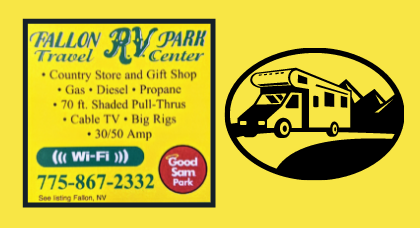


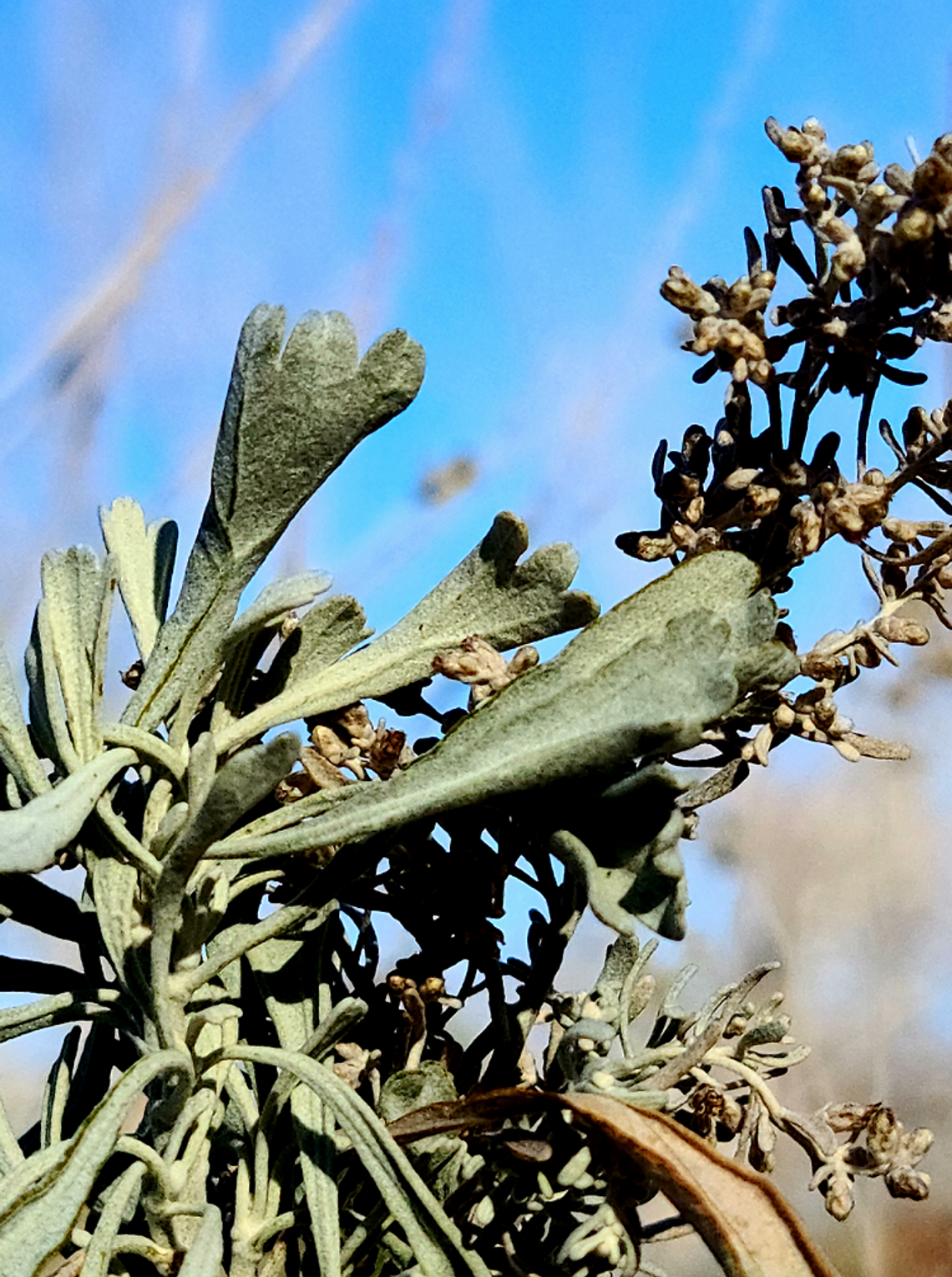
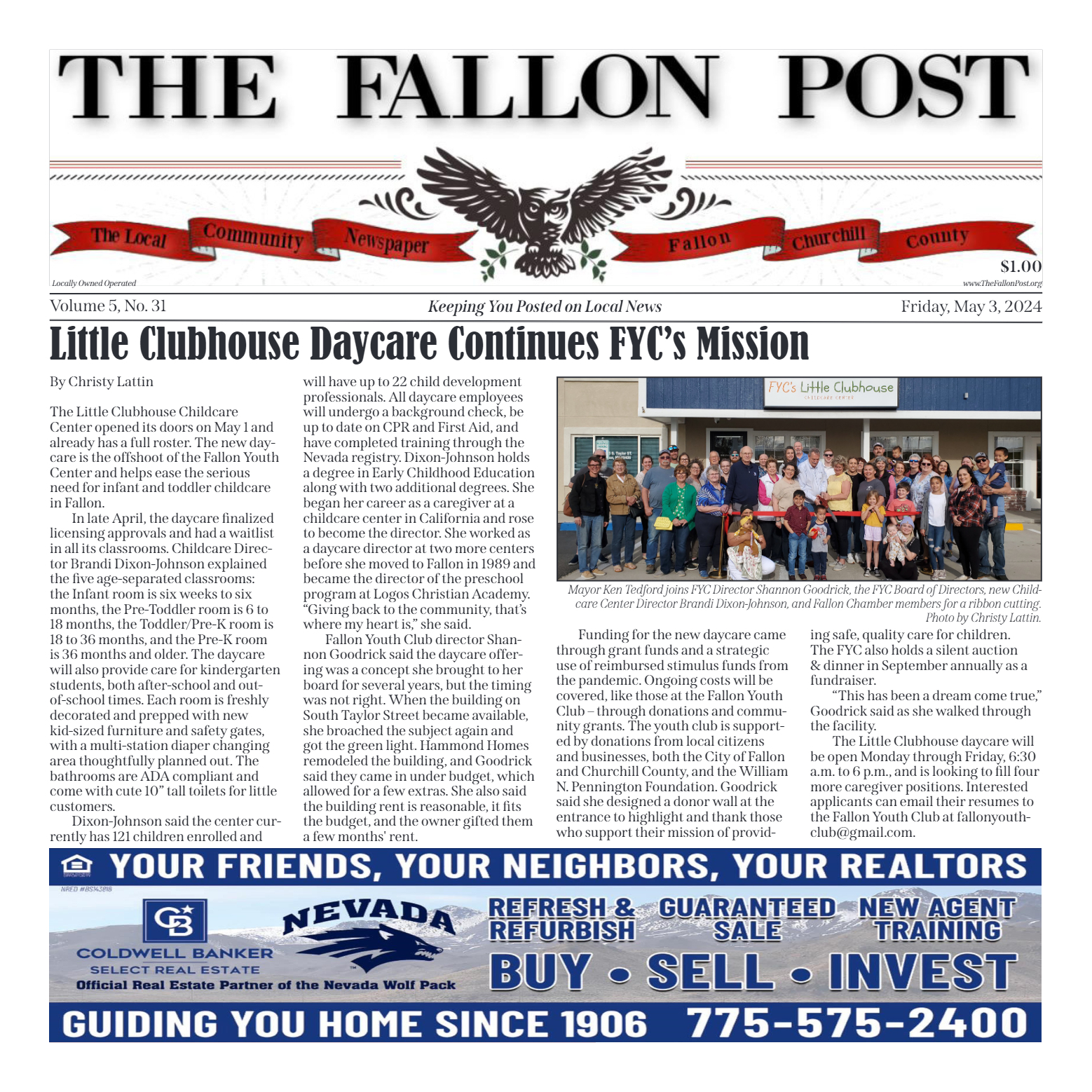

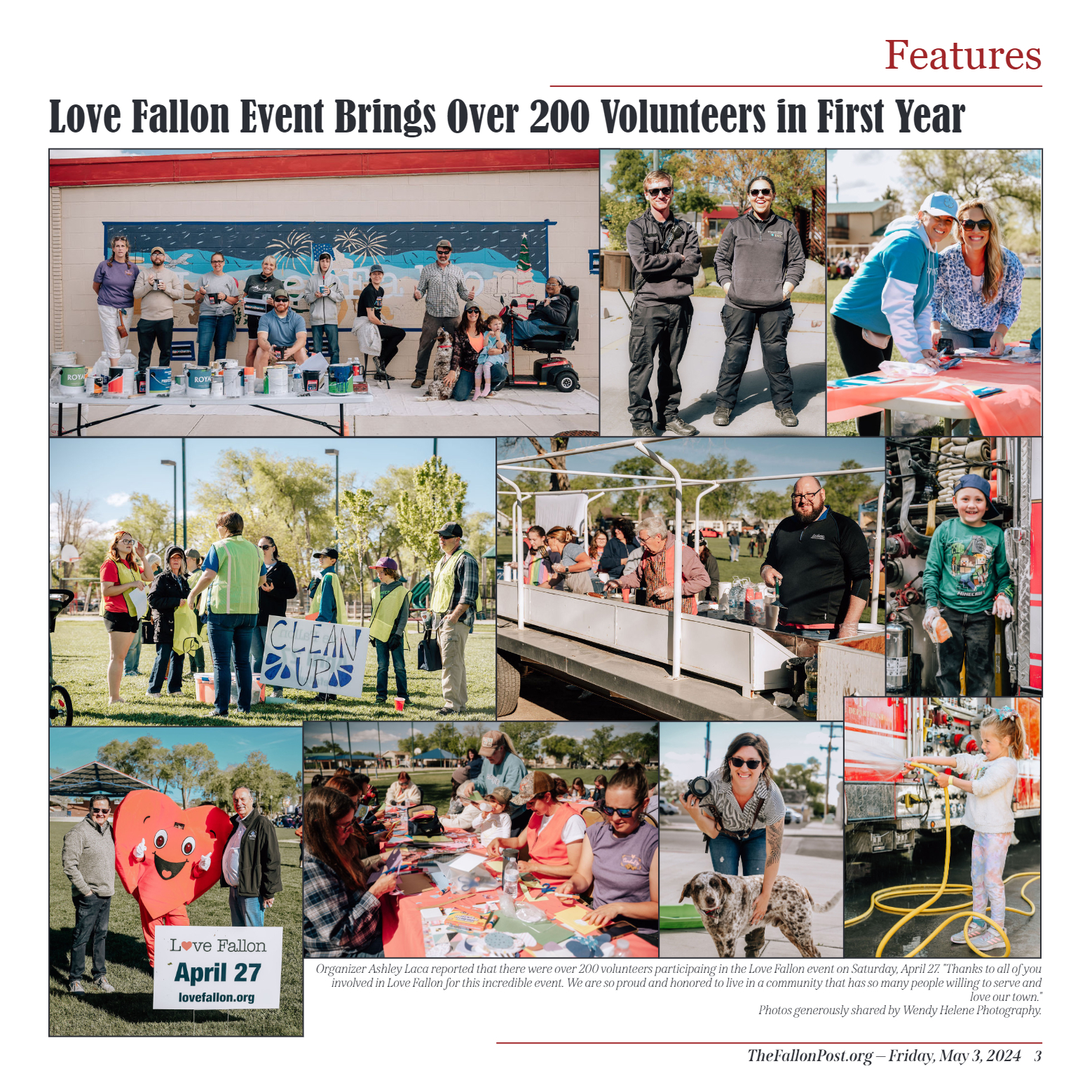
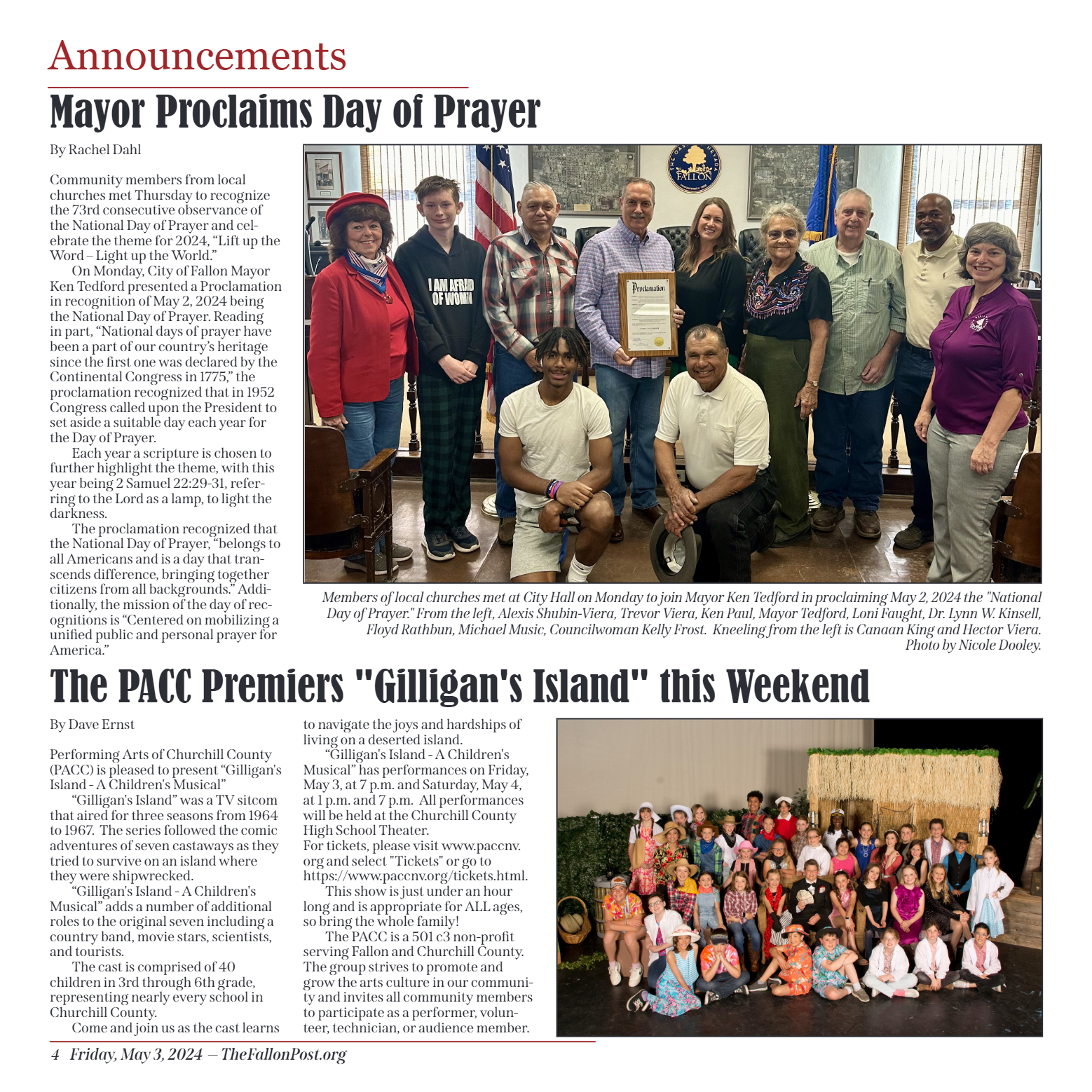
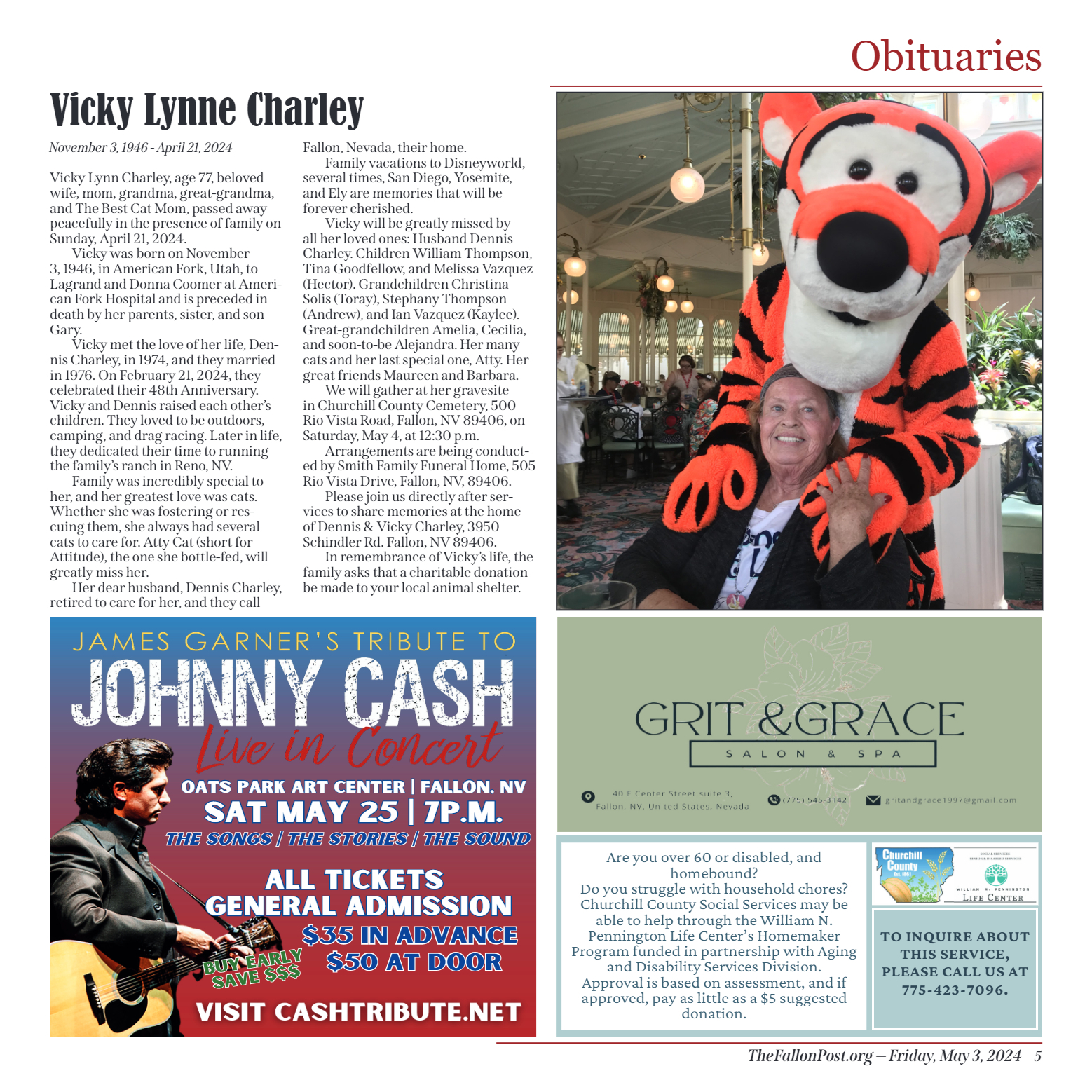

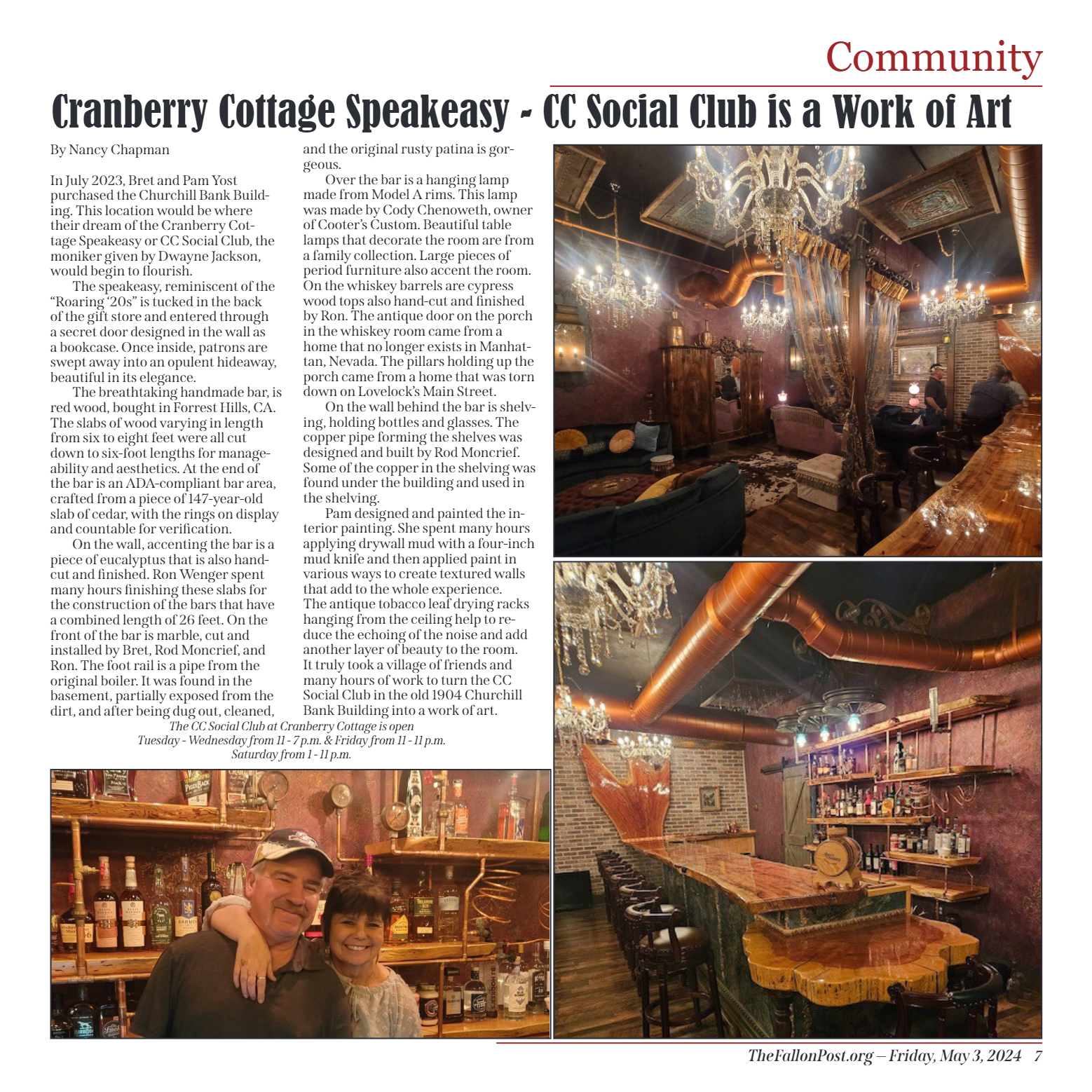
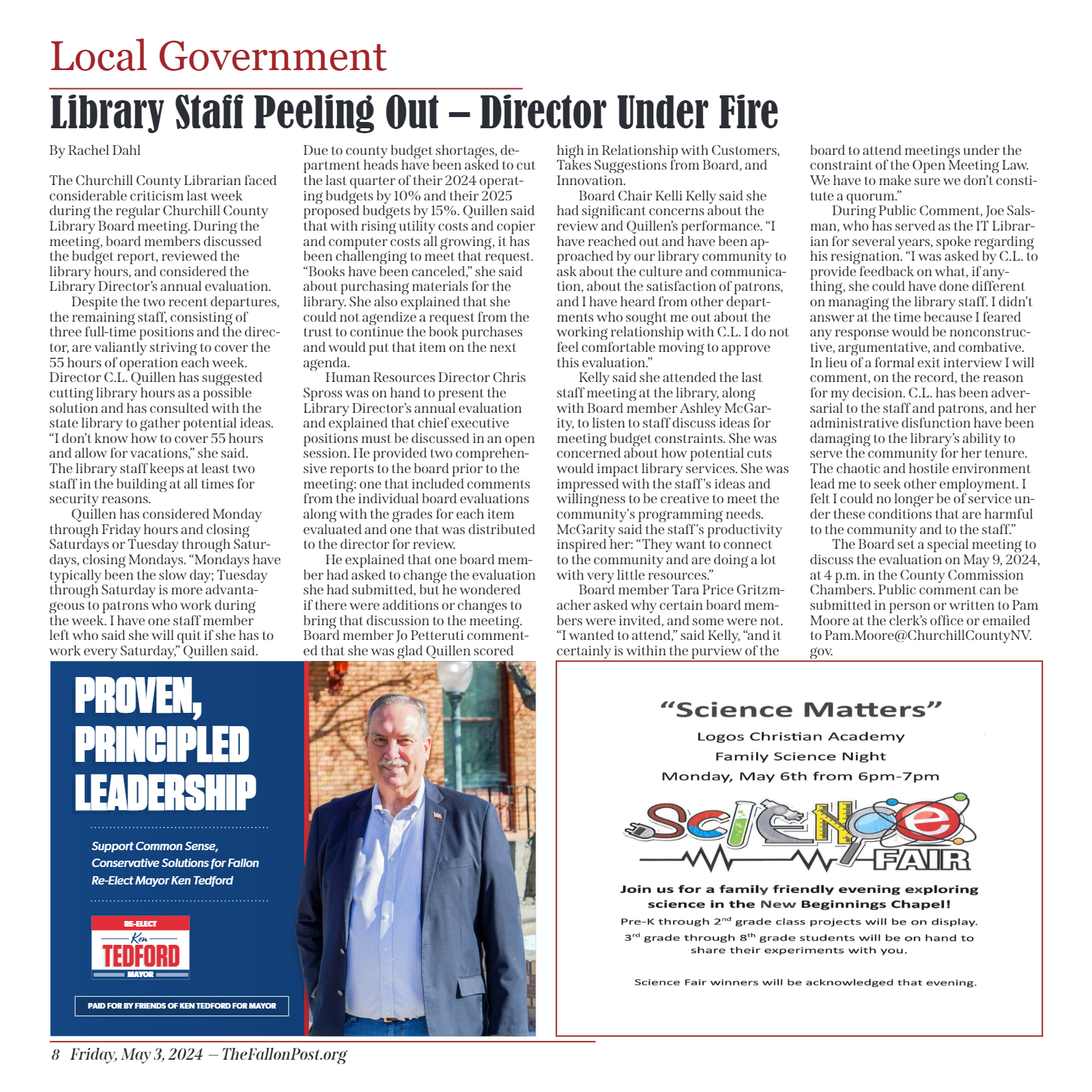



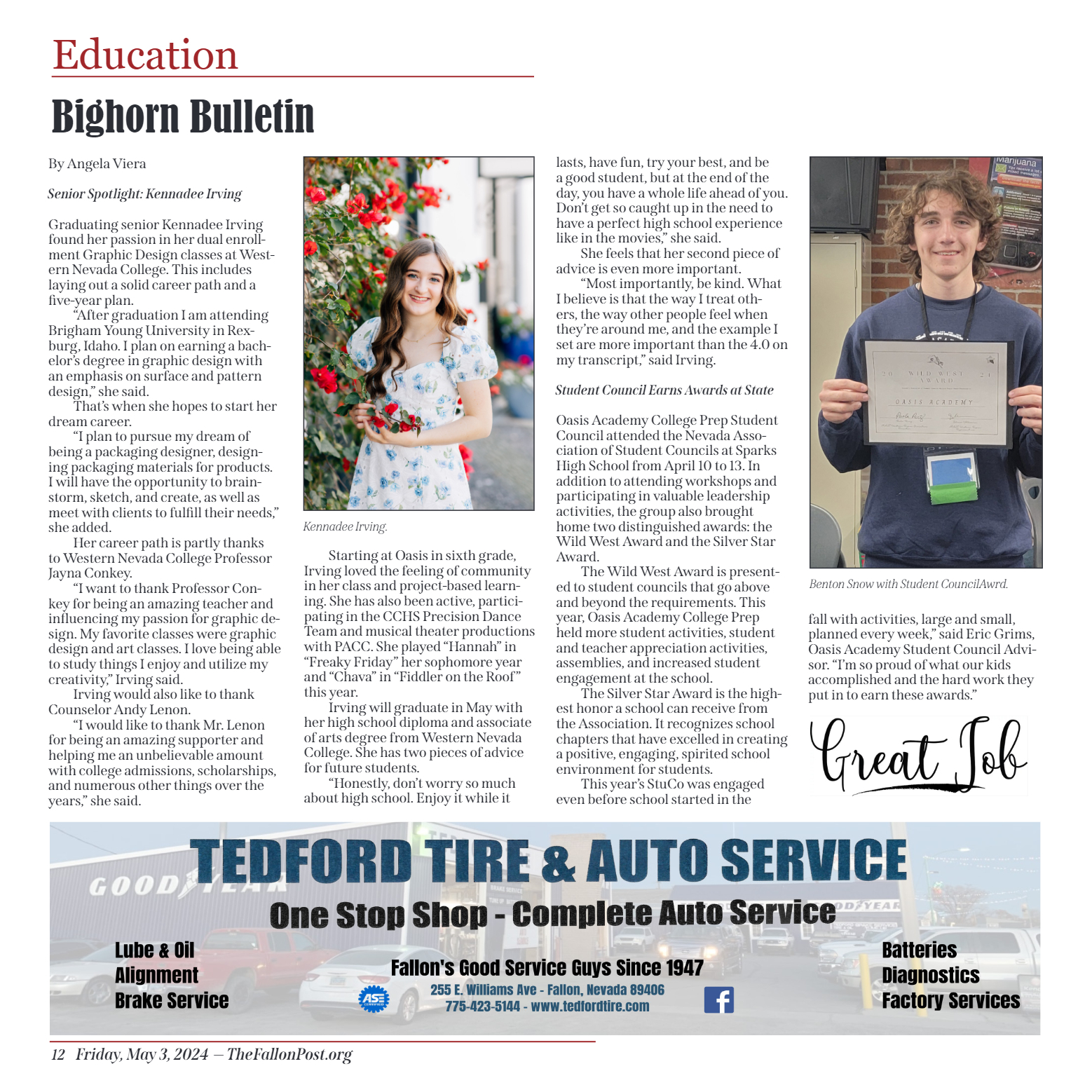
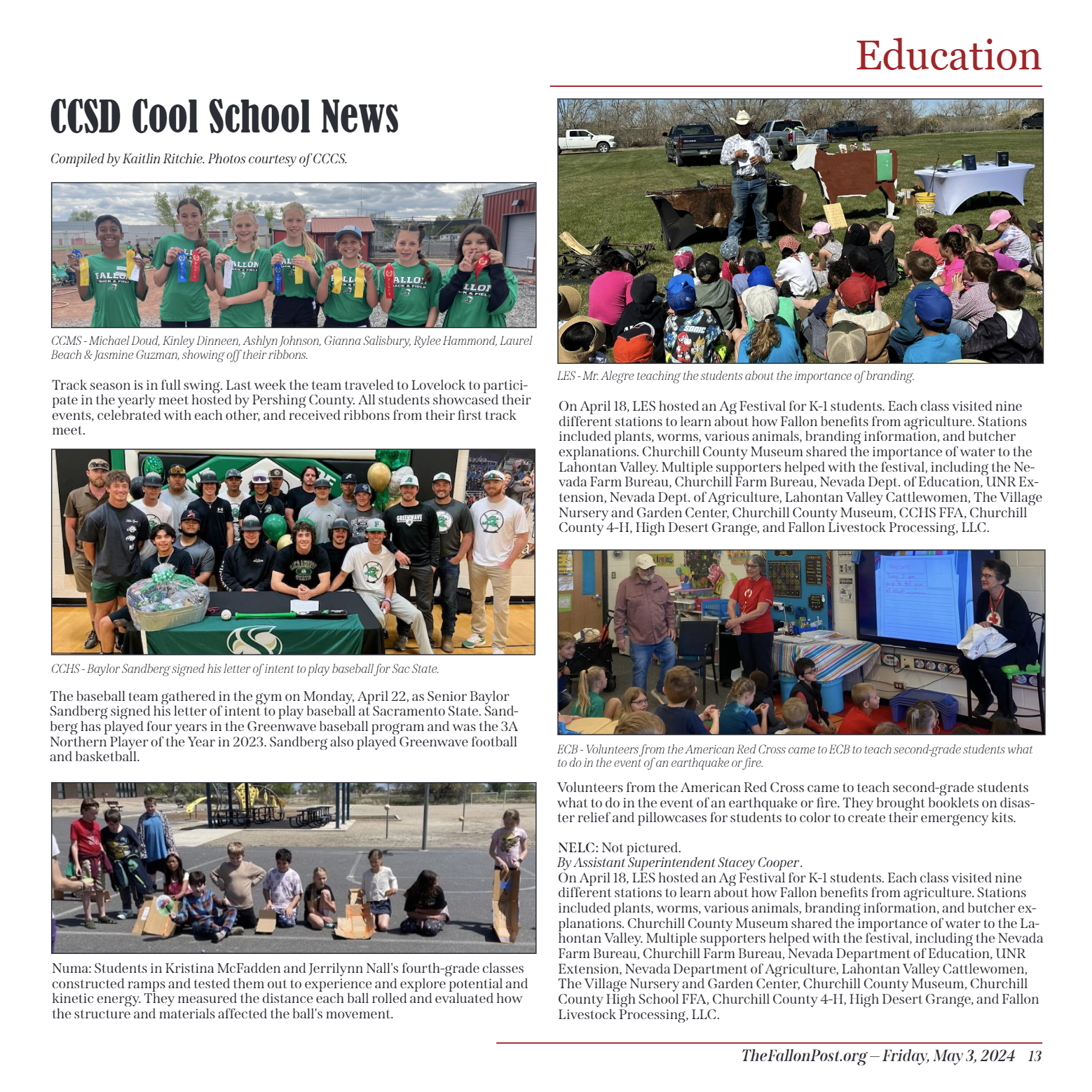


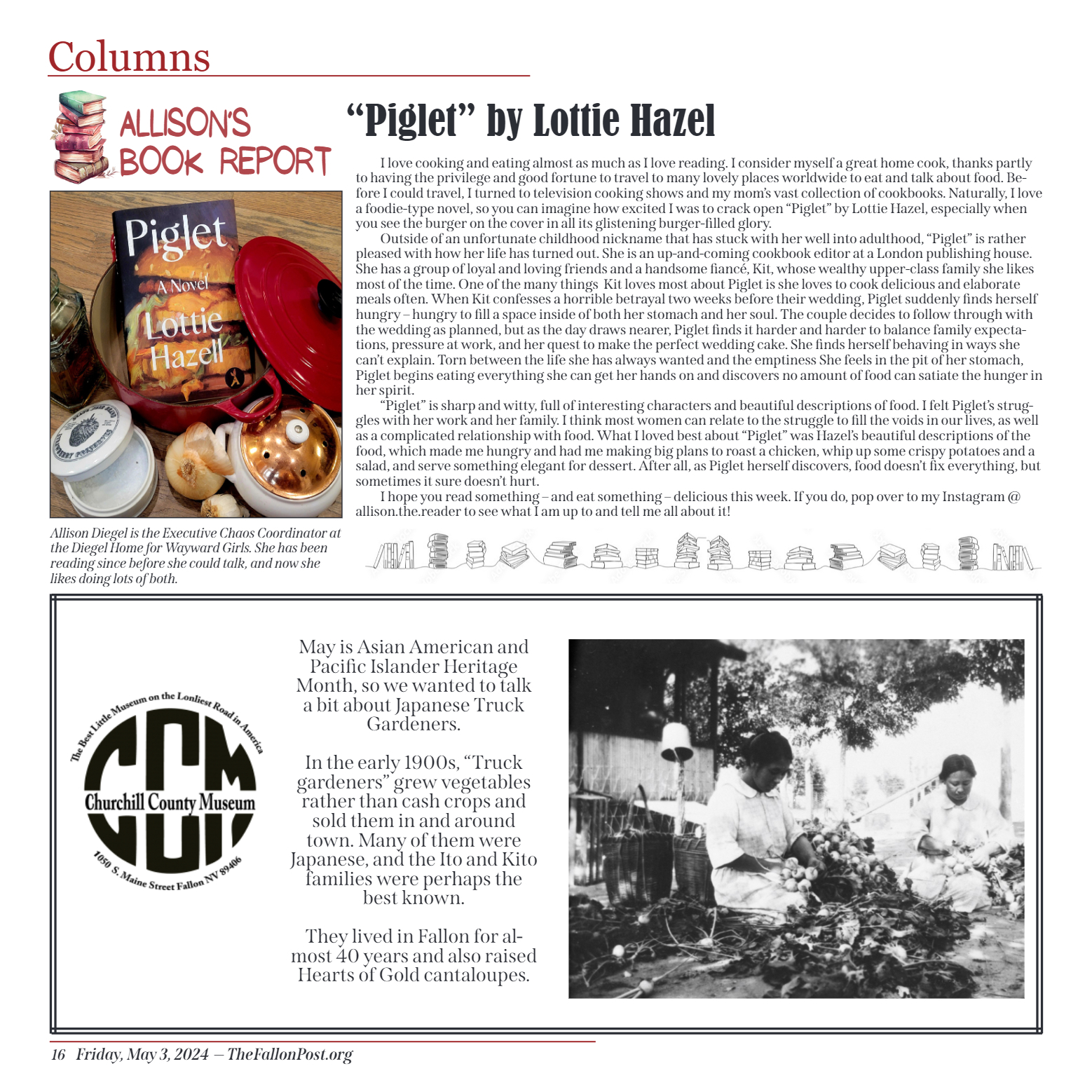



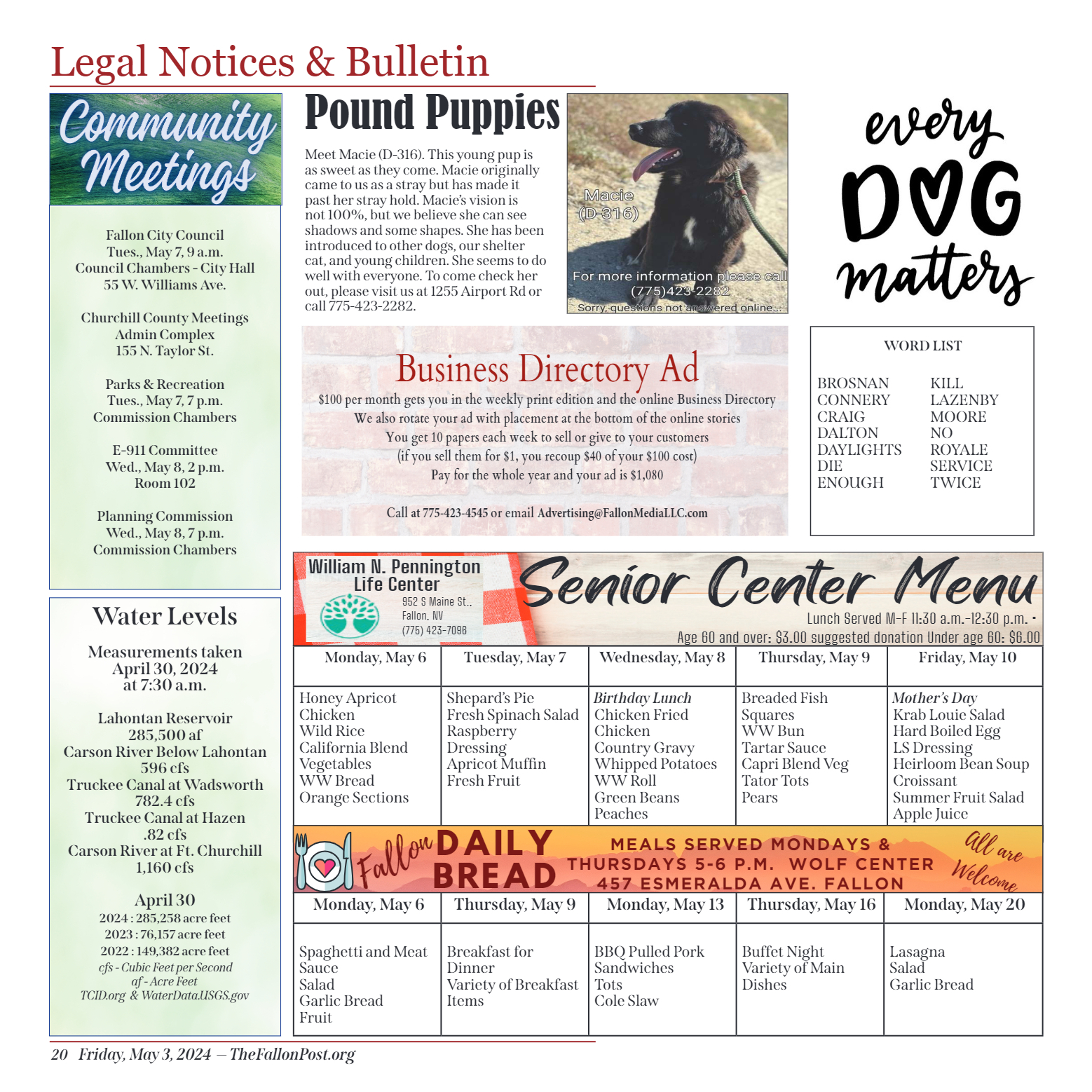



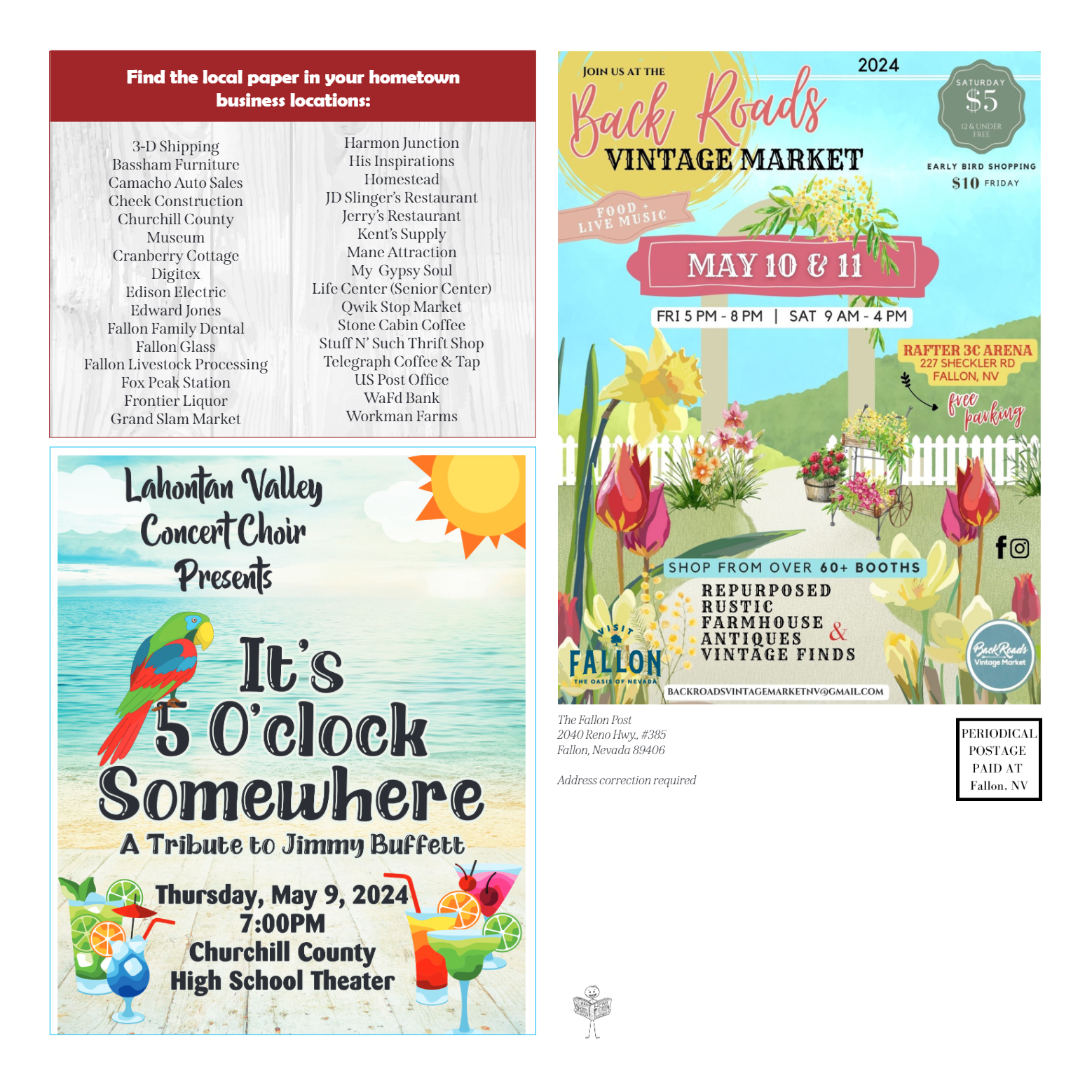
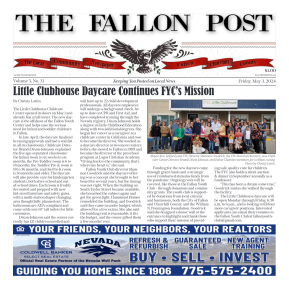

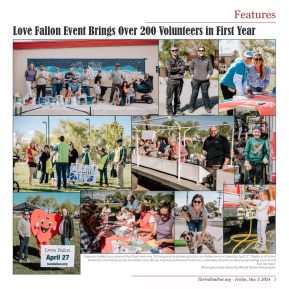
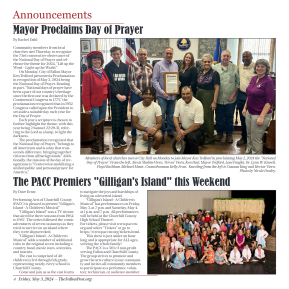
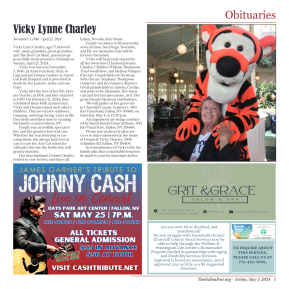

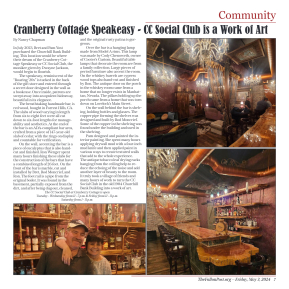
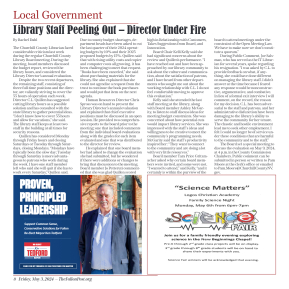



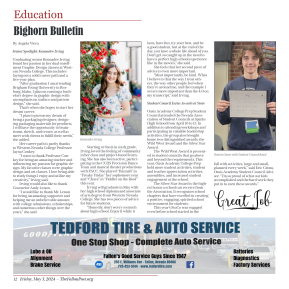



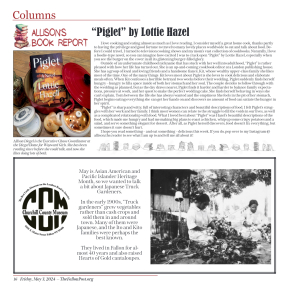







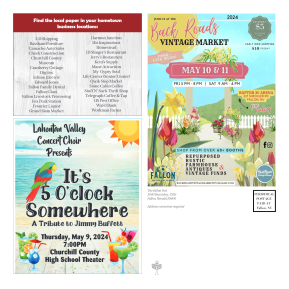
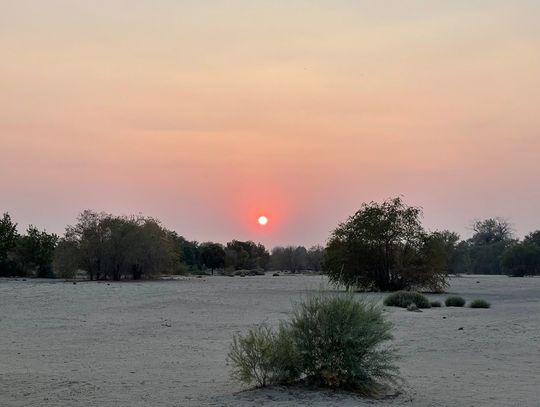

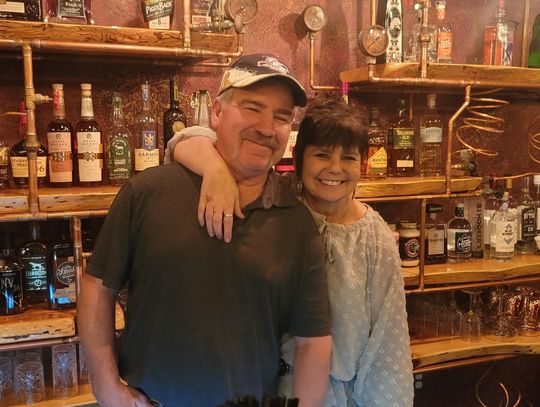

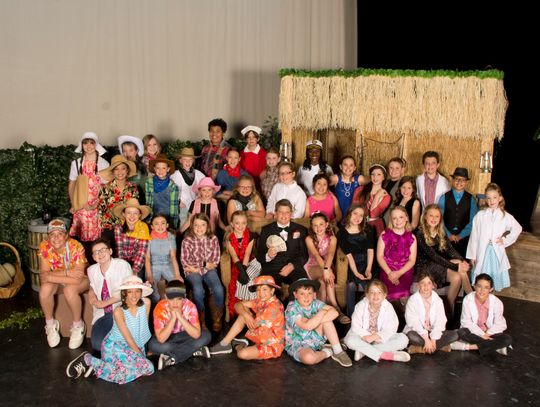

Comment
Comments